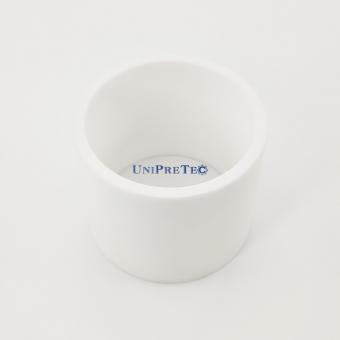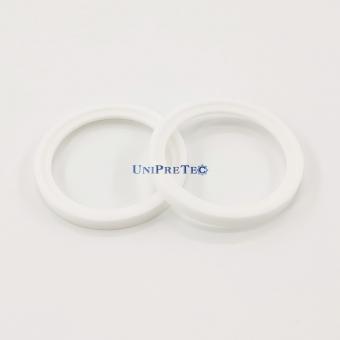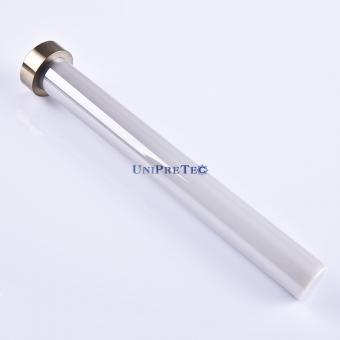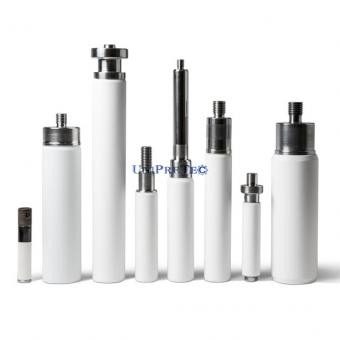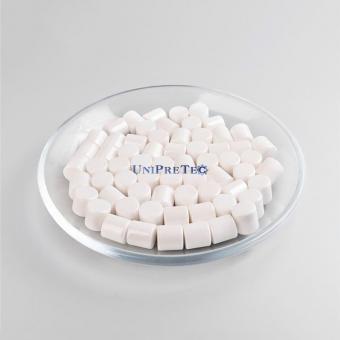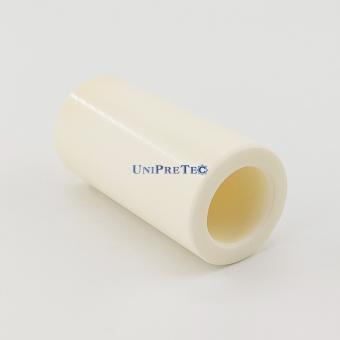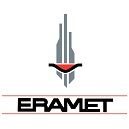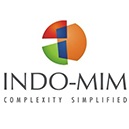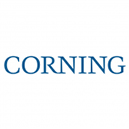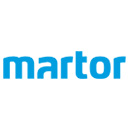Thermally conductive ceramic substrate is a material with high thermal conductivity. It is mainly made of alumina (alumina purity up to 96% or more). It has a pure white appearance and a hard texture. It is mainly used for heat transfer between power devices and radiators and electrical isolation. After it is tightly combined with power devices (such as power MOS tubes, power transistors, etc.), aluminum radiators, and PCB boards, it has excellent sealing performance, can achieve the ideal effects of dustproof, waterproof, heat conduction, and insulation, and can adapt to high temperature and high pressure , the dusty and harsh working environment improves the safety and stability of equipment operation.
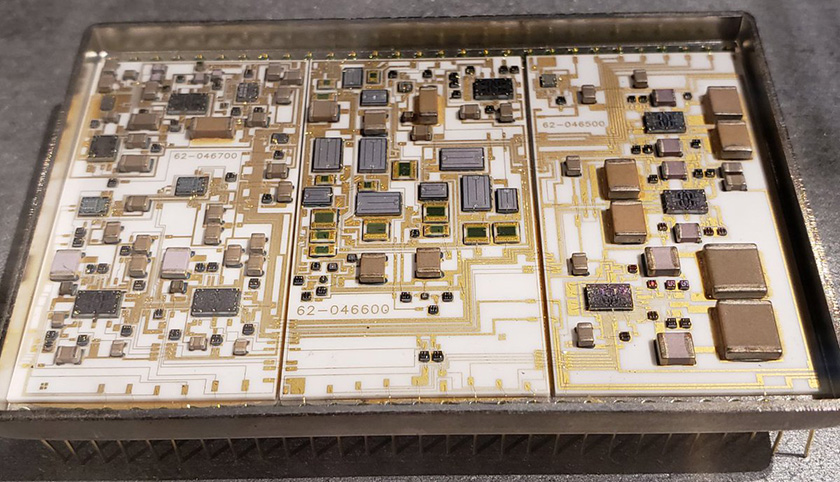
Ceramic substrate performance characteristics
Ceramic substrates have the following characteristics:
The thermal conductivity of ceramic substrates (20 degree C) is as high as 20 W/(mK)~30W/(mK), which is much higher than the thermal conductivity of ordinary thermally conductive substrates. Therefore, it has been widely used under the conditions of severe heat dissipation of power devices. . At present, the thermal conductivity of thermally conductive substrates is mostly below 2.0 W/(m-K), and the Bergs SIL-Pad2000 series with higher thermal conductivity is only 3.5W/(m-K);
High temperature and high pressure resistance. The breakdown strength of ceramic substrates is 10kV~12kV, and the maximum allowable temperature is 1600 degree C. It can adapt to the harsh working environment of high temperature, high pressure, high wear and strong corrosion, and meet the application requirements of power products in various occasions;
Long service life. It can reduce the frequency of equipment maintenance and improve the safety and stability of equipment operation;
Comply with EU RoHS environmental protection standards.
Ceramic substrate heat dissipation path
Ordinary thermal pads are made of soft dielectric materials, which can fill the small gap between the surface of the power device and the heat sink, reducing its contact thermal resistance. The ceramic substrate is composed of hard alumina and has a certain roughness on the surface. If it is directly assembled, there will be many gaps between the power device and the ceramic substrate, and between the radiator and the ceramic substrate, which seriously affects the heat dissipation efficiency. The performance of the radiator is greatly reduced, or even unable to function. Therefore, when ceramic substrates are used as thermal conductive materials, it is necessary to apply thermal grease on both surfaces to fill the small gaps between ceramic substrates and heat sinks, ceramic substrates and power devices to reduce contact thermal resistance between them.
After the ceramic substrate is installed, the thermal resistance of the power device to the ambient temperature is mainly composed of thermal resistance of thermal grease, thermal resistance of ceramic substrate, and thermal resistance of radiator. The heat dissipation path is divided into two parts:
⑴Power device (heat source) → thermal grease → ceramic substrate → thermal grease → radiator (heat transfer is mainly conducted);
⑵ Radiator → ambient air (heat transfer is dominated by convection).
The main factors affecting the thermal resistance of power devices are the surface flatness of the ceramic substrate, the thickness of the ceramic substrate and thermal grease, the thickness and shape of the radiator, and the pressure of the fasteners. These factors are related to the actual application conditions. So the thermal resistance between the power device and the heat sink will also depend on the actual assembly conditions.
Conclusion
The ceramic substrate is used as the thermal conductive material between the power device and the radiator, which has high thermal conductivity, high temperature resistance/high pressure resistance, uniform heating, fast heat dissipation, simple and compact structure, and has a wide range of application prospects in high-power power products.







